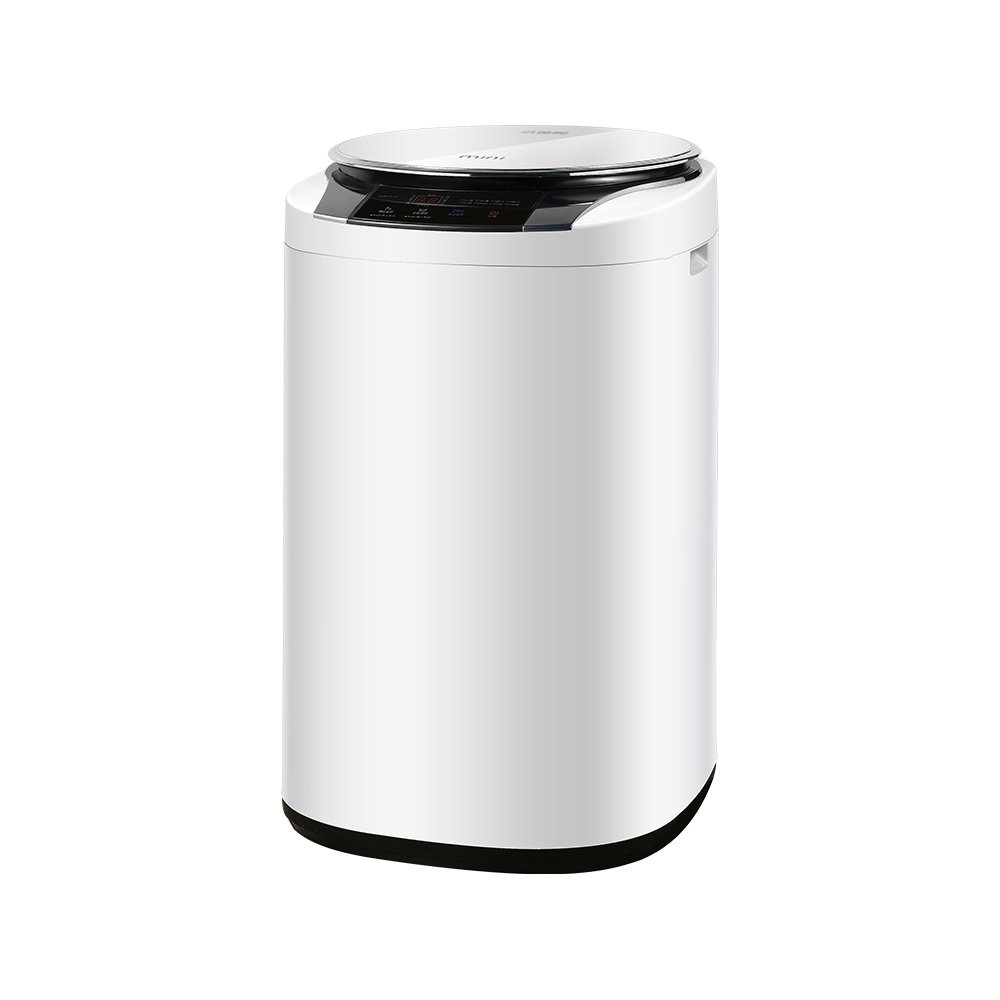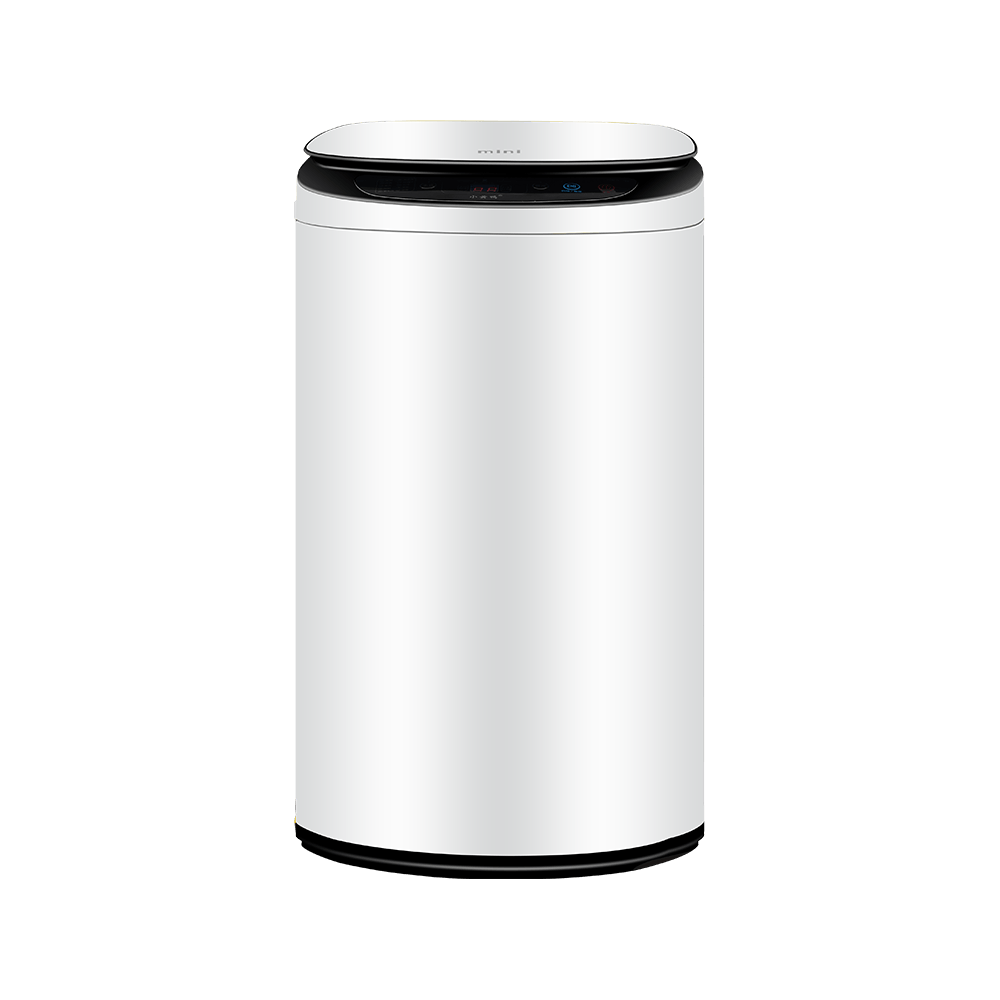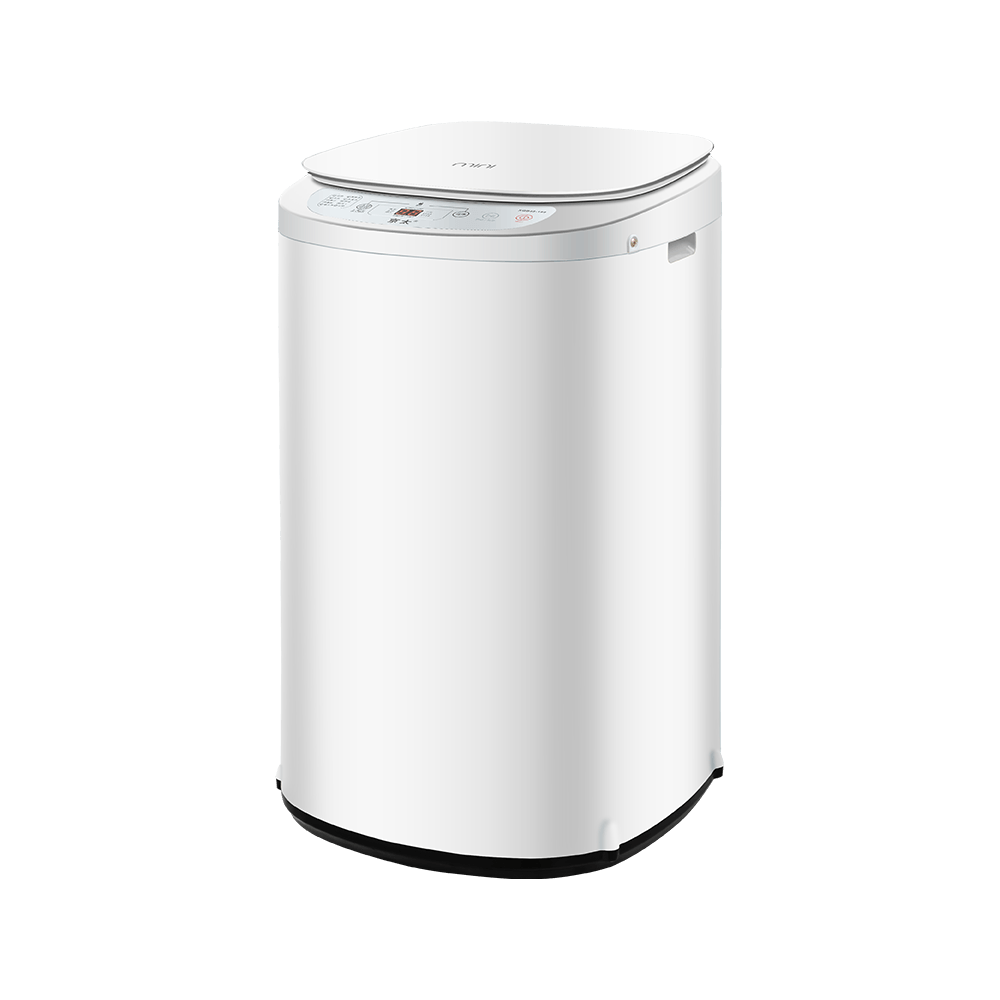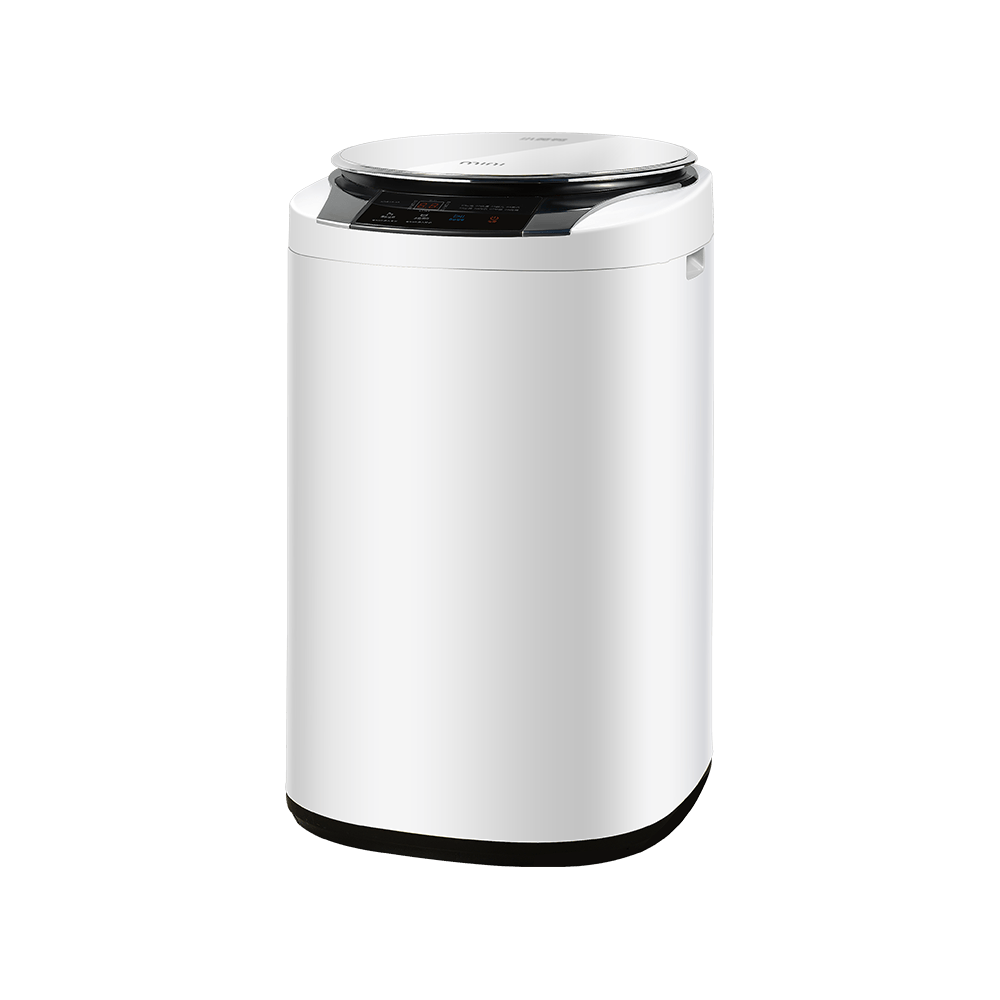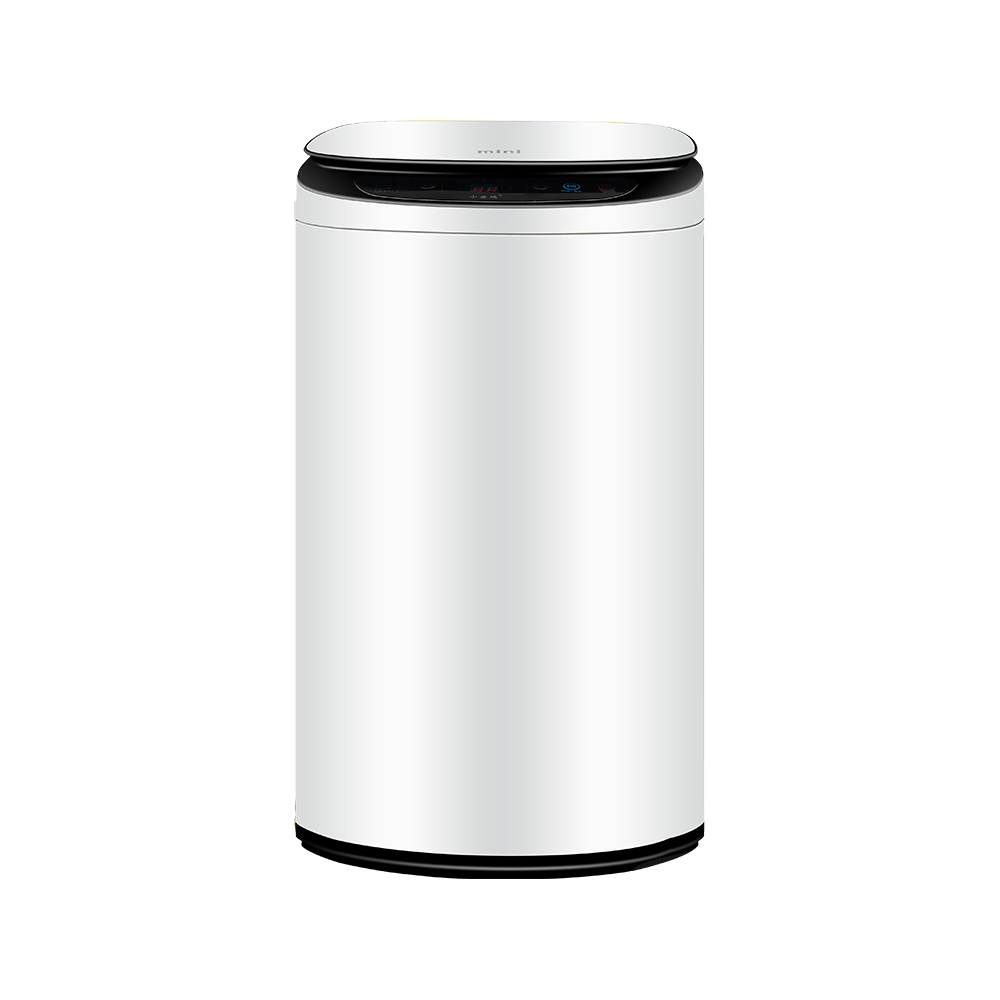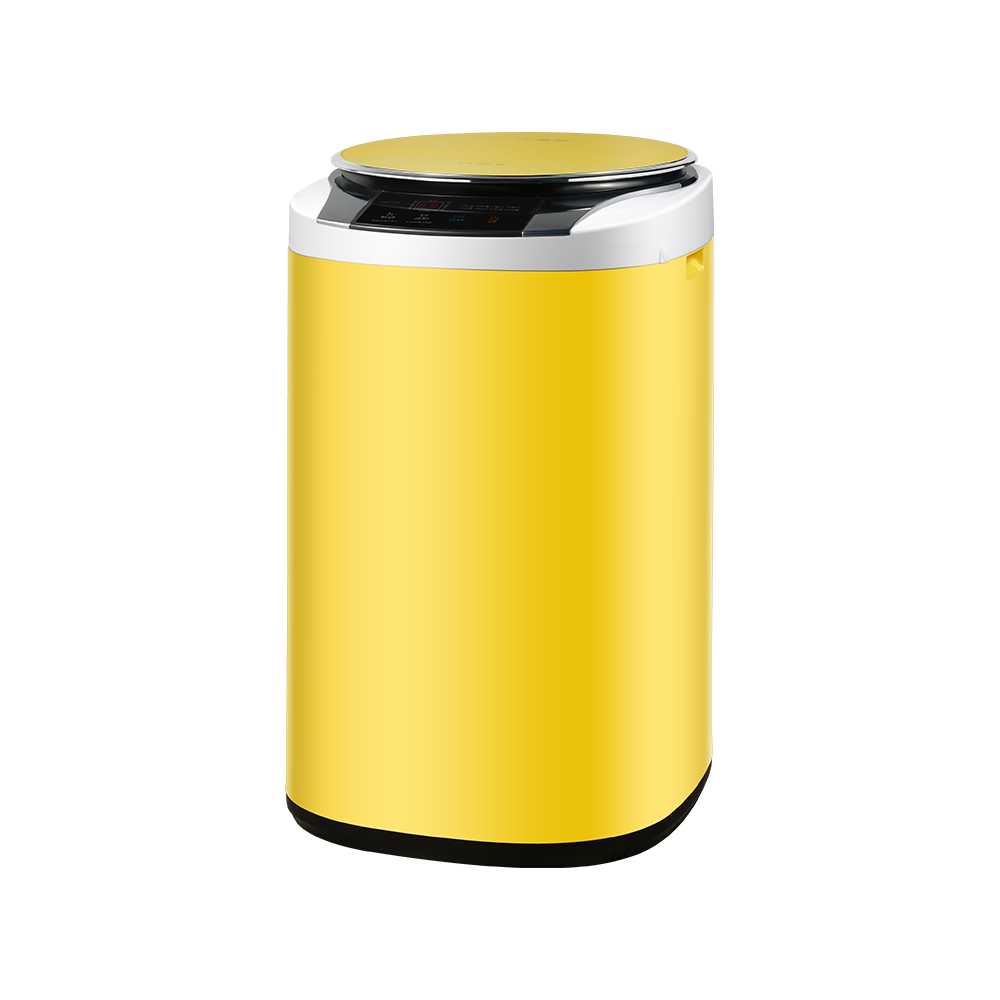Implementation principle of automatic sewage discharge function
Fully automatic high-temperature washing machines are generally equipped with sewage discharge systems, which are used to automatically discharge waste liquid after the cleaning task is completed or when the sewage capacity threshold is reached. The sewage discharge system is mainly composed of sewage pumps, electric valves, liquid level sensors and drainage pipes.
The basic working process of sewage discharge function is as follows:
When the liquid level sensor detects that the sewage reaches the set height, the system will automatically start the sewage discharge program through the controller. The sewage pump starts working, the electric valve opens synchronously, and the sewage is quickly discharged to the designated water storage tank or sewage treatment system. In some equipment, the sewage discharge time, frequency and valve opening and closing can be preset and modified through the control panel or PLC system.
Composition and function of wastewater treatment module
High-temperature washing machines with wastewater treatment function usually integrate three types of modules: primary filtration, intermediate purification and deep treatment. Some high-end models will also add a recycling system.
*Primary filtration: intercept large solid impurities through metal filters, screens or gravity sedimentation tanks to avoid clogging subsequent pipelines.
*Intermediate purification: usually through activated carbon filter layer, centrifugal separator or oil-water separation device, further reduce the oil and soluble organic matter content in the wastewater.
*Deep treatment: some equipment will integrate microbial treatment, ozone disinfection or reverse osmosis system to make the discharged water quality meet certain environmental protection standards.
*Water recycling: after treatment, wastewater can be returned to the main cleaning water tank for secondary or multiple use, reducing new water consumption and reducing operating costs.
The role of automatic control system
Automatic sewage discharge and wastewater treatment functions are highly dependent on the control system inside the equipment. Most modern equipment uses PLC (programmable logic controller) with human-machine interface (HMI) control to achieve real-time monitoring, automatic alarm and programmed control of various data.
Through the touch screen or remote management system, operators can view key indicators such as sewage discharge status, filter life, waste liquid capacity, discharge times, etc., and can also remotely start and stop sewage pumps or change operating parameters. Some equipment can also link the central sewage treatment system of the plant to improve the overall water resource management efficiency.
The significance of automatic sewage discharge and wastewater treatment functions
The configuration of these functions not only improves the convenience of equipment operation and continuous operation capability, but also helps to achieve environmental compliance. The specific significance includes:
* Reduce manual intervention: Operators do not need to frequently manually drain or replace sewage tanks, reducing labor intensity.
* Reduce failure rate: Automatic sewage discharge control can prevent problems such as internal corrosion and pump blockage caused by sewage accumulation.
* Improve use safety: Avoid human errors causing sewage discharge delays, sewage backflow or pollution spread.
* Comply with environmental standards: Some industries have strict index requirements for industrial drainage, and the equipment's built-in wastewater treatment function can reduce dependence on independent sewage treatment facilities in the factory area.
Market status and user selection suggestions
Most of the mainstream fully automatic high-temperature washing machines on the market currently support basic automatic sewage discharge functions, but the configuration of wastewater treatment modules varies greatly. Some entry-level equipment may only have primary filtration, while mid-to-high-end products have a complete oil-water separation and recycling system.
When purchasing equipment, users are advised to consider the following factors:
*Daily cleaning workload and wastewater discharge frequency
*Whether the site of use has a centralized sewage discharge or sewage treatment system
*Enterprise environmental management requirements
*Whether there is a need to reuse cleaning fluid
If the company's daily water consumption is large or the use environment has high emission standards, it is recommended to give priority to models equipped with integrated wastewater treatment modules.


 English
English عربى
عربى